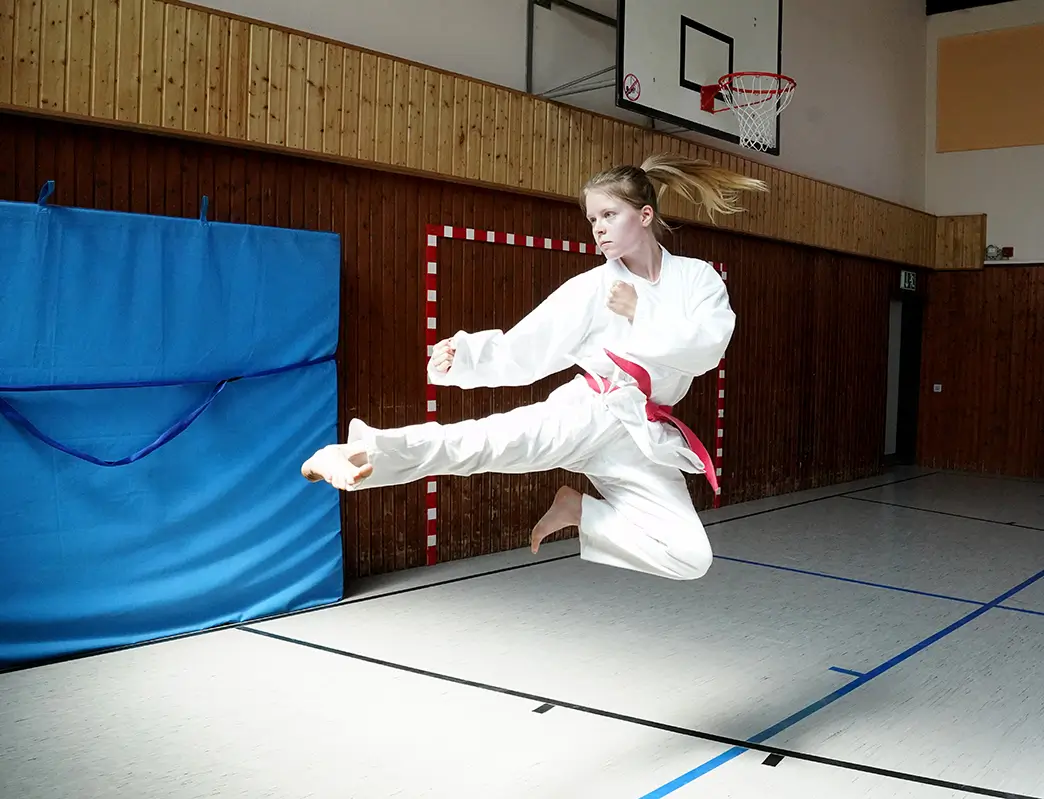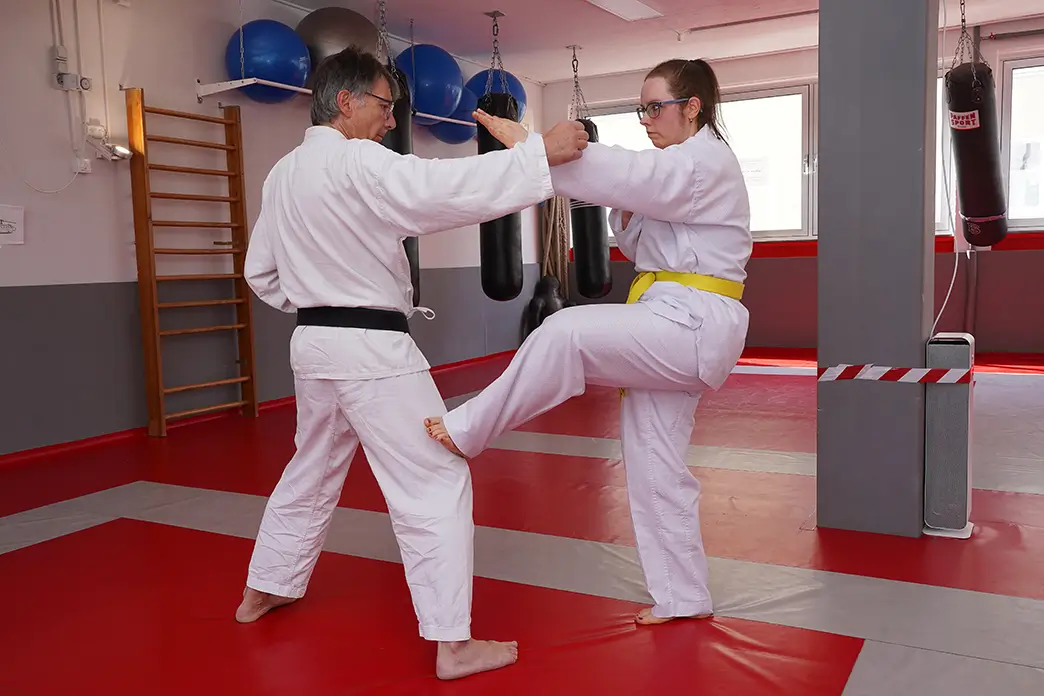
Injuries in Martial Arts
Contrary to popular belief, the risk of injury in martial arts practice is low. Usually, only superficial skin injuries such as lacerations and abrasions in the facial area are reported. Serious incidents are rarely known. Nevertheless, those responsible in clubs and martial arts schools should take precautions. Because faster than you think, a nose bleeds or there are cuts in the eyebrow area.
Content
Content
About Tournaments and First Aid Kits:
An emergency kit that meets international standards and DIN norms is almost mandatory.
Trainers and competition supervisors should also take their own first aid kit or, better yet, a small emergency backpack to tournaments. Because in an unfamiliar hall, the necessary bandage material is not always at hand in case of emergency.

Are Martial Artists Aggressive?
Nevertheless, it should be noted that injuries are extremely rare in recreational sports. This is not least because many traditional martial arts are trained without contact. Moreover, aspects such as consideration for the training partner are an essential part of the Eastern philosophy. In contrast, sports that many laypeople do not initially have "on the radar" are particularly precarious in terms of injury risk. These include competitive sports such as handball and football, as well as skiing and skating, as the risk of falling and speed create a harmful liaison. Even in martial arts, the number of incidents increases, especially in competitive sports. Protectors and gloves can reduce the risk, but not completely eliminate it. At major tournaments, emergency paramedics are usually present and can intervene when needed. Nevertheless, cautious trainers bring their own bandage material.
What Do Health Insurance Companies Say?
Despite occasional injuries, no one should fear joining a martial arts club or school. Rather, the opposite is true. Even health insurance companies have recognized the fascination of Eastern martial arts. For instance, the Techniker Krankenkasse believes that all muscle groups are trained in martial arts. In addition, there is a high fun factor and the chance to effectively protect oneself from unlawful attacks in an emergency. Not least, endurance, agility, balance, and reaction skills are particularly trained in martial arts. However, the health insurance company also points out potential risks such as injuries to joints, tendons, ligaments, and muscles - for example, due to muscle fiber tears. Therefore, instant cold compresses should not be missing in any emergency bag. Toe protection plasters are also worth their weight in gold, especially at tournaments. After all, most martial arts are practiced barefoot. Therefore, it can make sense to tape individual toes when attending courses. Blisters are not uncommon and can appear on a hard gym floor, especially on the particularly exposed big toes, during the first turns and kicking techniques.
What Are the Risks of Boxing?
Of course, the risk of serious injuries significantly depends on whether training is contactless or involves contact. Many Asian martial arts, such as traditional Taekwondo or classical Karate, stop their kicks and punches a few centimeters before hitting the training partner. Even in sparring and competitions, hits or knockouts are frowned upon. However, the frequency of injuries in amateur boxing is in the lower third of all sports, as severe incidents have been drastically minimized by the introduction of headgear and special shock-absorbing gloves. Even dental injuries have decreased thanks to mouthguards. Nevertheless, in full-contact sports, traumatic brain injuries of varying severity are still diagnosed. Conversely, martial artists often have more self-confidence and self-esteem than individuals who do not practice sports or engage in other types of sports. Thus, training also pays off in private life and professional everyday life. Furthermore, ethical norms such as perseverance, discipline, and respect are also taught, especially in clubs. Not least, politeness towards the trainer and older training partners is emphasized - values that are particularly beneficial for children and adolescents.
Our Conclusion
Labeling martial arts as inherently dangerous would be completely wrong. Quite the opposite is true. Many martial arts are trained contactlessly and, like Aikido, are known for their defensive nature. When injuries occur, it is often due to inattention or excessive ambition. The more focused the practice, the safer the sport. In the case of an acute illness, a break should be taken. Injuries (which are avoidable) often occur because athletes do not warm up and stretch adequately. Elastic bandages to stabilize a twisted ankle, as well as single-use cold compresses, should always be at hand. Plasters and tape should also be in every emergency kit.
In your own martial arts school or club grounds, you could even consider acquiring a robust and lockable emergency cabinet. After all, every second counts in an emergency, and all important utensils are clearly arranged in special first-aid boxes. One grab is enough. Additionally, the responsible individuals can see exactly when certain compresses and bandages are running low and can order replacements as needed.



